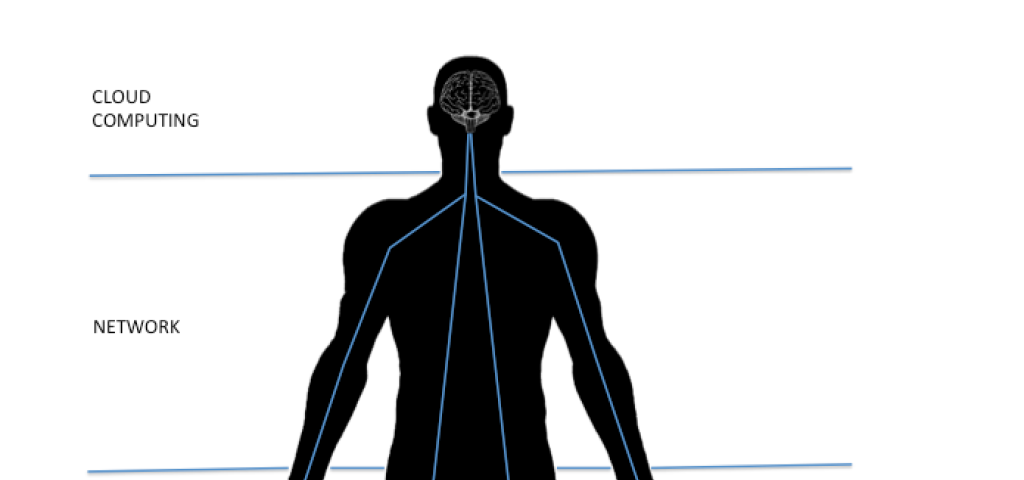
Enabling IoT: Part One

In celebration of Global IoT Day, we are kicking off a blog series from Gigaom Research which will discuss the architectural models that are driving the Internet of Things (IoT), from simple event-response loops to more-complex structures that make the most of available resources from networks, cloud infrastructure, and embedded devices. Enjoy!
Unlike many other emerging technology trends, IoT is grounded in more than just marketing hype. Its M2M-communications underpinnings are based on decades of operational-technology (OT) practice, while the monitoring capabilities involved have been developing across many years of innovation in retail supply-chain automation and other product-oriented industries. The relentless advance of Moore’s law is bringing IoT into the mainstream, broadening the range of opportunities to monitor, connect, and control physical objects through the use of embedded technologies, either within existing products or as separate devices. In the companion report to this one, “The internet of things: a market landscape,” Gigaom Research defines IoT as: “An ultra-connected environment of capabilities and services, enabling interaction with and among physical objects and their virtual representations, based on supporting technologies such as sensors, controllers, or low-powered wireless as well as services available from the wider internet.” IoT takes organizations far beyond simply monitoring physical objects, incorporating sensors, or enabling remote control through the use of embedded devices. From an architectural perspective, the elements of IoT can be considered as the enablers of an extended sensory network in which:
- Embedded devices become fingertips, enabling reach, responsiveness, and control.
- The network is the backbone that enables the transfer of information and events in a timely
- fashion.
- Cloud computing represents the brain, offering a scalable analytical, big data processing facility.
Just as the human body enables us to react to stimuli, make decisions, and carry out actions, this sensory network extends the reach and sensitivity of organizations to the physical environments within which they operate, enabling businesses and their staff to become more sensitive and responsive to their contexts, increasing both efficiency and effectiveness as a result. This suggests a closed loop in which data is gathered from sensors, collated, analyzed, interpreted, and then acted on — in real time. As well as OT-based examples such as improved equipment monitoring, we are seeing applications across a wide variety of industry sectors, as we discuss below. As there is no restriction on what can be connected, the potential market for IoT is seen to be phenomenal. Figures from the GSM Association suggest that 25 billion devices will be connected to the internet by 2020; others suggest that this number could be far higher, given our growing ability to miniaturize the components involved, with the resulting downward pressure on costs. As such, IoT is poised to impact businesses of all shapes and sizes as well as a variety of consumer domains. While potential use cases appear all the time, from parking sensors to smart paintbrushes, organizations remain unclear about where and how their businesses can gain from the use of IoT technologies. Beyond the traditional application areas and a number of pilot studies, examples tend to be quite specific to a single use case or business need. We can nonetheless learn from these early examples about how IoT use cases can be designed, constructed, and deployed. The next Gigaom post will discuss IoT in the agile, smart business …stay tuned. And to learn more about how Wind River is addressing the opportunities and challenges created by the IoT visit our IoT microsite.

